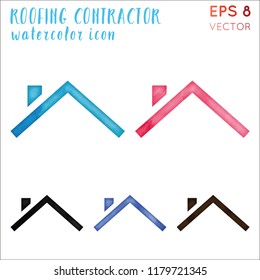Seasonal Factors To Consider For Commercial Exterior Painting: What You Required To Know
Seasonal Factors To Consider For Commercial Exterior Painting: What You Required To Know
Blog Article
Article Writer-Ford Skafte
When you're intending a commercial external painting project, seasonal factors can make or break your results. You'll wish to think about exactly how temperature and humidity impact paint application and drying out times. Picking the best period can guarantee your paint sticks effectively and lasts longer. However which periods are absolutely the best for this sort of job? Allow's explore the crucial elements that can impact your task's success.
The Impact of Temperature on Paint Application
When you're intending a commercial external paint job, the temperature can significantly influence how well the paint sticks and dries out.
Ideally, you want to repaint when temperatures vary in between 50 ° F and 85 ° F. If it's also chilly, the paint might not cure appropriately, resulting in issues like peeling or breaking.
On the other side, if it's also hot, the paint can dry out too swiftly, preventing proper adhesion and resulting in an uneven finish.
You ought to additionally think about the time of day; morning or late afternoon offers cooler temperature levels, which can be extra positive.
Constantly check related web site for the specific paint you're using, as they frequently provide guidance on the optimal temperature variety for optimum outcomes.
Humidity and Its Impact on Drying Times
Temperature isn't the only environmental variable that affects your business external painting task; moisture plays a substantial duty too. High humidity levels can decrease drying out times dramatically, impacting the total quality of your paint job.
When the air is filled with moisture, the paint takes longer to heal, which can bring about concerns like inadequate adhesion and a higher danger of mildew growth. If you're painting on a particularly damp day, be planned for prolonged delay times in between layers.
It's essential to monitor regional weather and strategy accordingly. Preferably, aim for humidity levels in between 40% and 70% for optimum drying out.
Maintaining residential painting hobart in mind guarantees your task remains on track and supplies a lasting finish.
Best Seasons for Commercial Exterior Painting Projects
What's the most effective season for your commercial exterior painting jobs?
Spring and very early fall are usually your best options. During these periods, temperatures are mild, and moisture degrees are typically reduced, creating perfect problems for paint application and drying.
Stay clear of summer season's intense heat, which can cause paint to completely dry as well promptly, resulting in bad bond and finish. In a similar way, wintertime's chilly temperatures can prevent correct drying out and curing, risking the long life of your paint job.
Go for days with temperatures between 50 ° F and 85 ° F for ideal outcomes. Remember to examine the regional weather forecast for rain, as wet problems can ruin your task.
Planning around these elements guarantees your painting project runs efficiently and lasts much longer.
Conclusion
Finally, planning your commercial outside painting projects around seasonal considerations can make a considerable distinction in the end result. By organizing job during the optimal temperature levels and moisture levels, you'll guarantee far better adhesion and drying out times. Keep in mind to watch on local weather report and select the correct time of year-- spring and early autumn are your best choices. Taking these actions will certainly assist you attain a long lasting and specialist finish that lasts.
